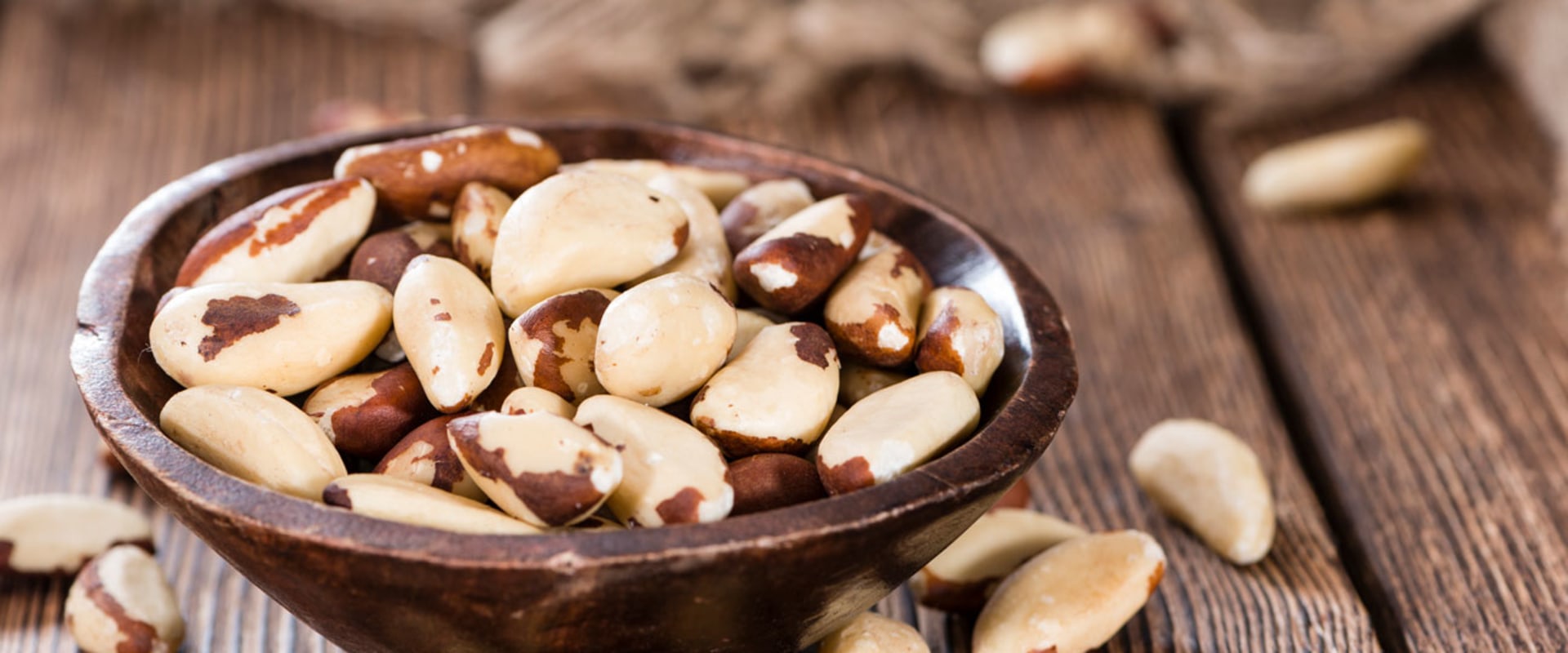Technically, a nut is a single-seeded fruit with a hard, dry outer wall that doesn't break when ripe. Therefore, because there are up to 25 of them in each coconut pod, Brazil nuts are classified as seeds. Since Brazil nut is a botanical seed, unlike botanical nuts, the density of the fruit causes it to sink in fresh water. Almonds are the seed of the almond tree, which is native to the Middle East and South Asia and is famous for its beautiful flowers.
In 1890, the post-impressionist painter Vincent van Gogh dedicated an entire painting to the beauty of the almond tree. The Brazil nut (Bertholletia excelsa) is a South American tree of the Lecythidaceae family, and is also the name of the commercially harvested edible seeds of the tree. Nuts contain small amounts of radium, a radioactive element, with one kilogram of nuts containing an activity between 40 and 260 becquerelos (1 and 7 nanocuries). Sticky strangler fig seeds are deposited on chestnut branches in the droppings of birds, bats and monkeys.
Brazil's nut harvest has long been cited as an excellent example of how human economic activity can provide people with income and protect the biodiversity of tropical forests at the same time. You'll find Brazil nuts all over the Amazon rainforest, in countries such as Peru, Colombia, Venezuela and (of course) Brazil. Brazil nut (Bertholletia excelsa), also called Pará nut, edible seed of a large South American tree (Lecythidaceae family) found in the Amazon forests of Brazil, Peru, Colombia and Ecuador. In its native habitat, Brazil's enormous chestnut tree competes with another giant of the rainforest, the strangler fig (Ficus species).
If the forest is damaged by logging, orchids disappear, along with bees and Brazil nuts. Brazil nut is a non-timber forest product that provides income to Amazonians who harvest it for food. In botanical terminology, a nut is a type of fruit, so the Brazil nut would have been more appropriately called “Brazil seed”. My research on the Brazil nut family has led me to many expeditions to the rainforests of the New World, and what I have learned about this family of trees can be found in The Lecythidaceae Pages.
Brazil walnut wood (not to be confused with Brazil wood) is of excellent quality and has a variety of uses, from flooring to heavy construction. The chestnut tree is vital for the conservation of the region's rainforests because it only grows in an untapped ecosystem, where there is a significant concentration of biodiversity. The fruit itself is a large capsule 10 to 15 cm (4 to 6 inches) in diameter, resembling the size of a coconut endocarp and weighing up to 2 kg (4 lb 7 oz). There are some plantations, but Brazil nuts are mostly harvested in the wild between December and March, when fruits begin to fall from their trees.

Leave Message